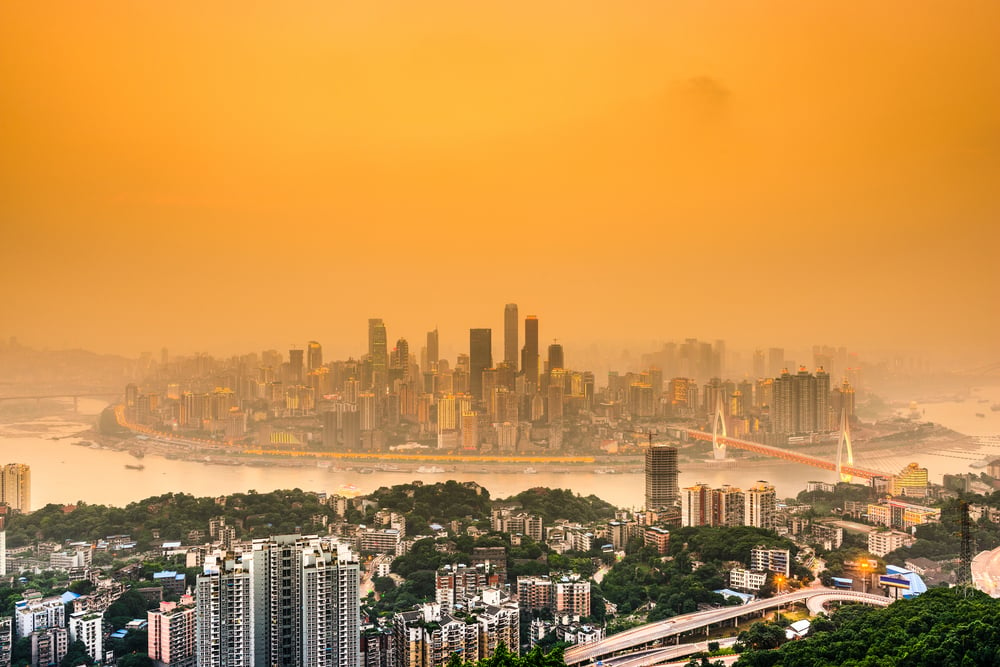Newsletter
What Is Sick Building Syndrome?
Sick building syndrome (SBS) is a medical condition in which occupants of a building experience problems with health and comfort as a result of the building's air. It can cause dizziness, fatigue, eye irritation, and other cold or flu-like symptoms.
The symptoms of SBS are typically short-term and go away soon after leaving the polluted area. Sick building syndrome is becoming more common, causing higher rates of absenteeism and a decrease in productivity in workplaces.
What Causes Sick Building Syndrome?
The exact causes of sick building syndrome are unknown. In contrast with “building-related disease”, when there is a diagnosable illness that can be identified and can be directly correlated with building occupancy, sick building syndrome is when there is no specific illness or cause.
However, while there is no identifiable cause, contributing factors include poor ventilation systems, and chemical and bacterial contaminants. Chemical contaminants can come from a variety of sources, such as manufactured goods that release volatile organic compounds (VOCs), tobacco smoke, or vehicle exhaust. Bacterial contaminants include bacteria, mold, viruses, and insects. Temperature, lighting, and social atmosphere have also been found to potentially contribute to SBS.
How to Prevent SBS
You can prevent SBS in several ways:
- Identify and remove sources of air pollution in the building (this could include removing old carpets or taking extra precautions to properly store solvents and chemicals)
- Improve ventilation to increase air distribution and remove pollutants
- Install air filters to clean the air
- Ban smoking inside
Kaiterra provides air quality monitors and an IAQ analytics dashboard for healthy buildings and offices, helping workplace leaders and healthy building pioneers assess and improve their indoor air quality. Our indoor air quality monitors like the Sensedge and the Sensedge Mini can be found in many of the world’s most iconic buildings and workplaces, such as the Empire State Building and the Burj Khalifa.






.png?width=200&height=148&name=Menu%20C%20(2).png)

.png?width=307&height=228&name=Menu%20-%20D%20(1).png)
.png)




